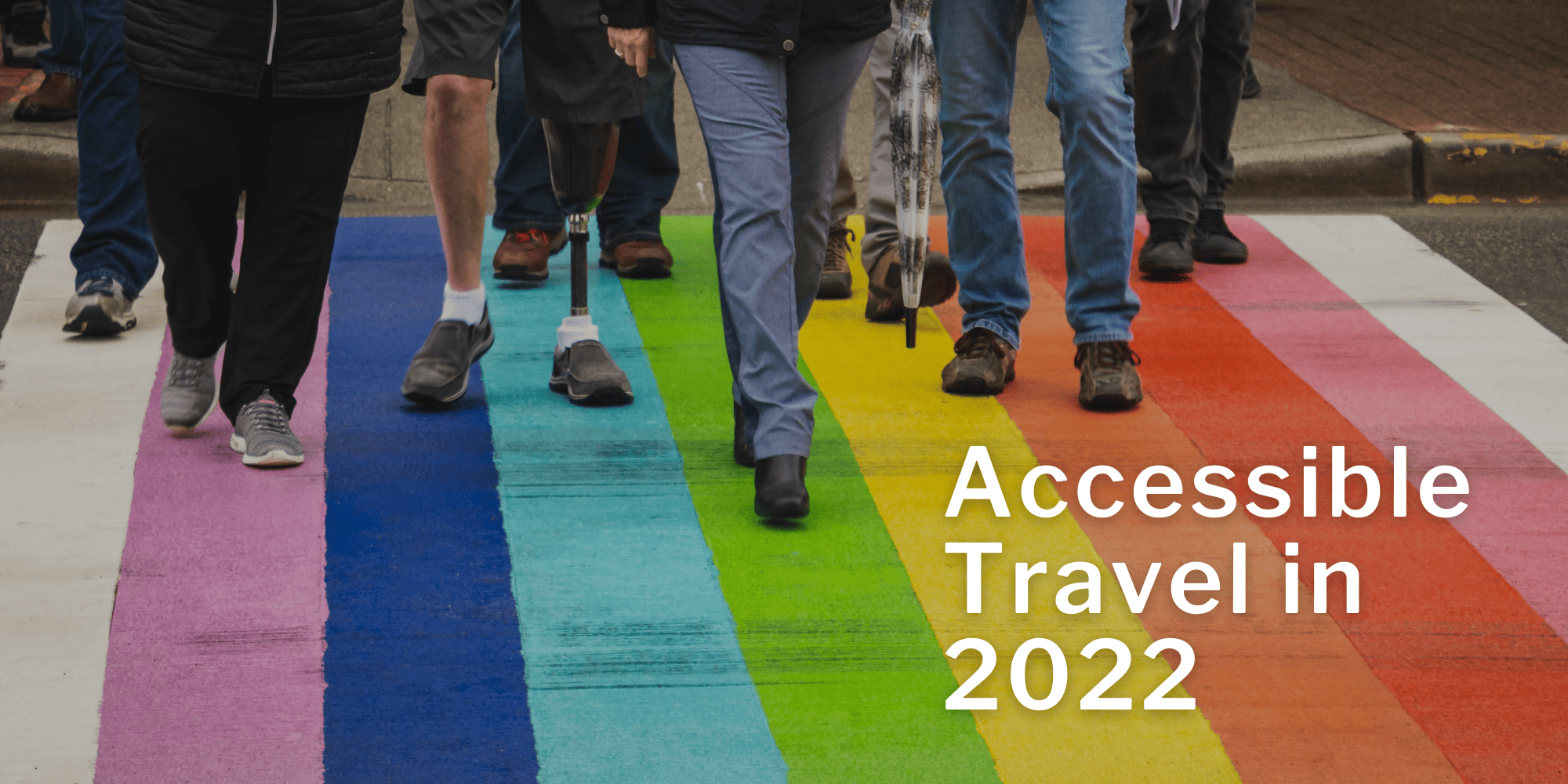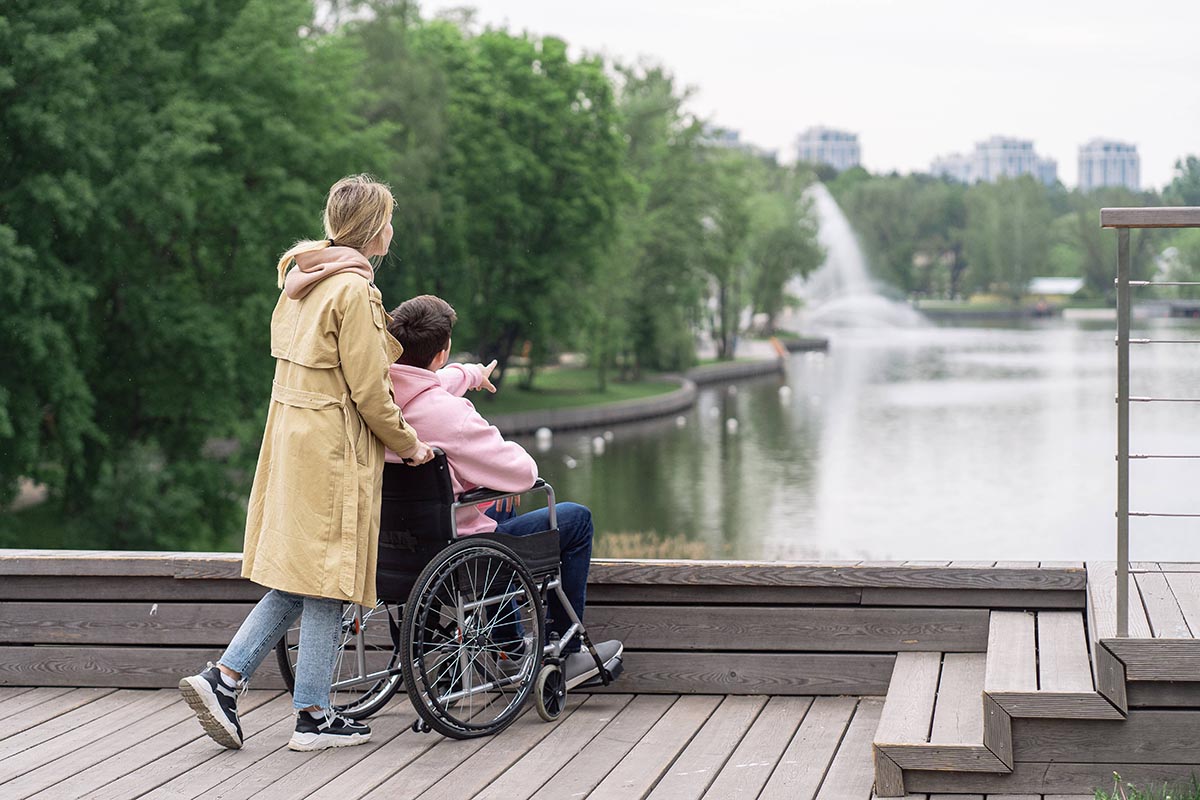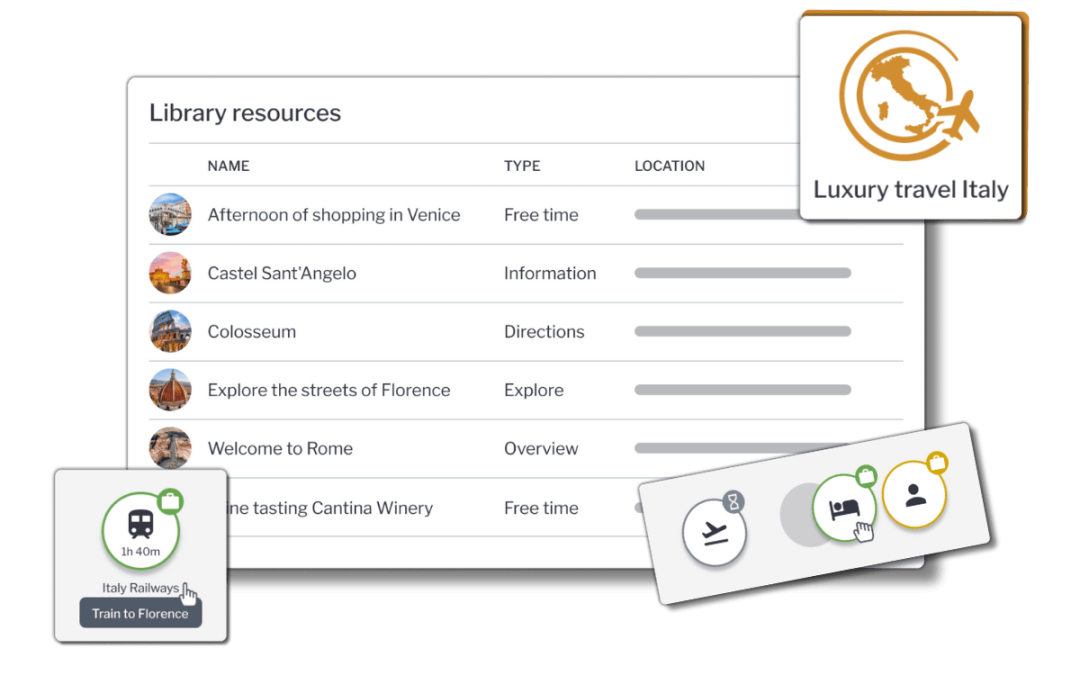Why inclusive travel is the key to unlocking new business in 2022

According to the World Health Organization (WHO), 15% of the world’s population (1 billion people) lives with some form of disability or impairment, and with an aging population, that number will only increase. During the pandemic, many persons with disabilities and the elderly were excluded from public health and travel updates and information regarding accessibility to basic tourist services. Considering this, it is more crucial than ever that tourism advocates for inclusion, accessibility, and diversity, as they are good for both tourism and people’s general wellbeing.
Inclusive or accessible tourism is about being mindful of the unique needs of people around us that also wish to explore the world. In 2022 and beyond tour operators have the opportunity to transform the lives of many aspiring travellers by minimising barriers, reducing uncertainty and increasing accessibility in the tours you design. By embracing the entire community of travellers, regardless of ability, tour operators have the opportunity to appeal to a wider range of tourists, presenting a compelling business case whilst also practising social responsibility.

People with disabilities make up a large part of your market and come from all walks of life. These can include guests, business owners that you work with, and employees. There are a few things that are important to note when it comes to understanding this segment of the market:
- The majority of disabilities aren’t visible
- Some people may not identify as having a disability. For example, an older person may find it harder to see or hear but would not feel the need to tell you
- A disability can be temporary. For example, a person may need to use crutches for a short time as a result of an injury or accident.
As businesses are looking to bounce back from the impacts of the pandemic, ensuring accessibility for tourists with specific access requirements is a smart way to recover and grow your business in a more inclusive and resilient way. Here are some global statistics that tell us a bit more about the importance of accessible tourism:

- The potential market of people with disabilities in the European Union (EU) is more than 80 million people (130 if we add senior citizens and accompanying persons).
- 70% of people with disabilities in the EU have financial and physical capabilities to travel.
- In Asia and the Pacific, the market size is 690 million people and in Latin America and Caribbean this figure reaches 85 million people.
- The economic impact of disability travel reaches USD 58.7 billion in the USA.
- Trips taken by citizens from the United Kingdom with an impairment and their travelling companions made up 15% of domestic overnight trips in 2015 and 20% of day visits in 2018.
- Average holiday expenditure of tourists with disabilities is EUR 800+ compared to EUR600+ of tourists without any disability, in Spain.
- In Australia, when domestic and inbound markets are added, the total accessible tourism market is worth AUD 10.8 billion.
Customers with disabilities can experience a wide range of difficulties and barriers when it comes to travel due to the way that services and environments are designed. Sadly, all too often services and public spaces do not consider the access requirements of lesser abled people. Improving the overall accessibility within your tours will enable you to tap into a large and growing market that is. Here are ways you can ensure that your business is accessible for everyone:
Improve your marketing information
By incorporating accessibility information into collateral provided to all guests, you’ll show your customers that you care and are committed to creating a more inclusive travel experience. It’s also a good idea to consider additional formats when it comes to your marketing materials, office facilities, and tours such as using larger print, simple language, audio descriptions and braille.
Be transparent
Provide reliable, detailed, and up to date information on the accessibility of the tours that you offer. Tell visitors about any potential barriers such as steps or bedrooms on upper levels not accessible by lift and include specific measurements and floor plans where possible and appropriate.
Review basic information you provide on booking
Consider including additional information on accessibility that will be helpful to your customers. For example, information on wheelchair accessible taxi services and public transport are a great place to start. Information on accessible refreshment stops and tourist attractions near their accommodation or local town centre may be helpful as well.
Prepare your staff
Make sure staff are familiar with all of the tours that you run and any barriers they have. Another good idea is to integrate disability awareness training into your customer service onboarding. By doing so, your staff will learn information about common barriers to access, as well as strategies to overcome them.
Encourage feedback
If accessible travel is new for your business it’s especially important to collect customer feedback that can be used for future improvements. As an example, if you are offering tours that are accessible to those with disabilities, talk to them to find out what you could do to make the experience better for future guests. They have most likely travelled to other places and may be able to share some useful information.

As tour operators, it’s our job to make sure that travel is accessible for everyone to experience. Now is the time to adopt an inclusive approach to tourism by developing sustainable practises and solutions. Accessible tourism brings a plethora of benefits to visitors, local communities, tour operator businesses and provides a better quality and inclusive life for all.




